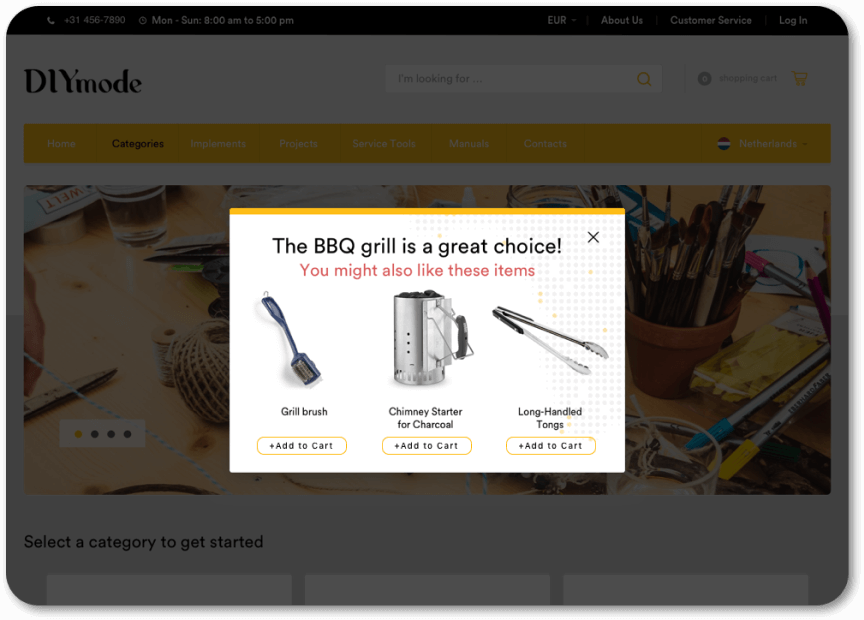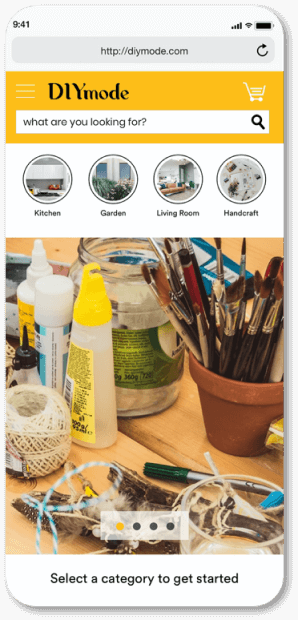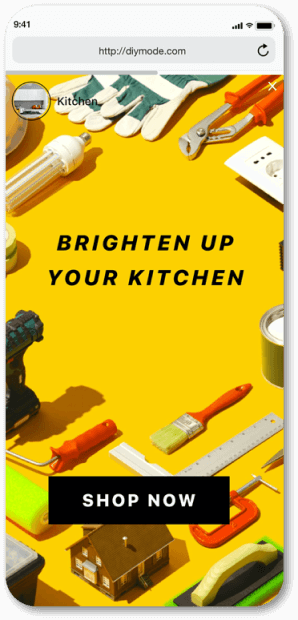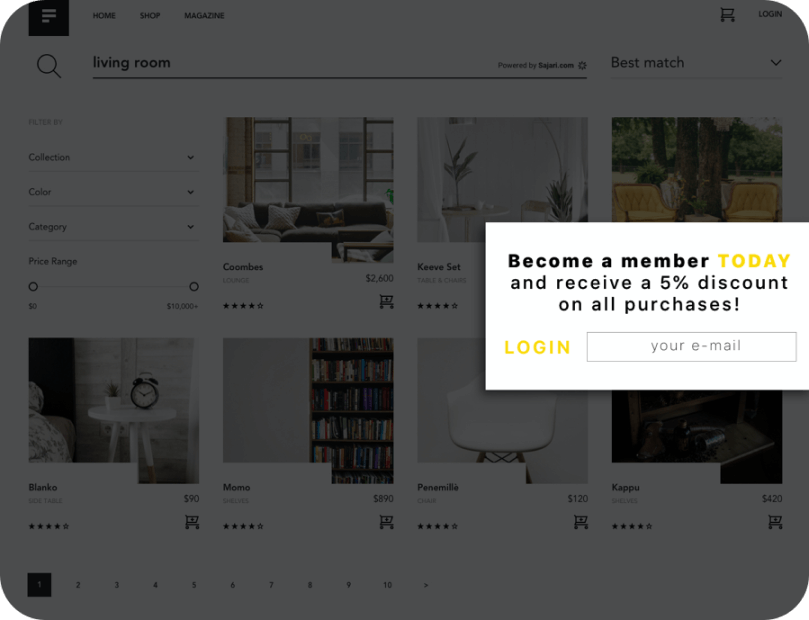5 strategies for DIY brands to master now and get ready for the future
As lockdowns extend and warm weather arrives, DIY projects become great past time activities. Having the opportunity to spend so much time at home urges many people to finish up long overdue refurbishing and design projects. In fact, do-it-yourself (DIY) and home furnishing have been seeing interesting growth trends. For example, DIY company HomePro has seen a 6.14% drop in sales last quarter compared to the same quarter in 2019 in Malaysia and Thailand. Whereas Australia Bunnings Warehouse has seen significant growth in its sales during COVID times which they credit to their digital efforts and having a cultural tendency to be more reliant on DIY for household fixtures.
Updated on May 11, 2020
A new term “Home Leisure” is also picking up during COVID times as consumers are increasingly seeking opportunities to engage and keep themselves occupied at home. They are allocating time to redesign their living spaces and it translates into an overall increase in the purchase of items that declutter and organize homes with products ranging from gardening needs, boxes, DIY bookshelves, paints, outdoor landscaping, and much more.
Brands like Homedit, for example, have been proactive in helping their customer base to have creative ideas with tutorials ranging from woodwork projects to bohemian style craft items.
Will DIY Habits of Homebound People Change After COVID?
As consumers become more and more tech-savvy, we expect digital channels to maintain their hike even after COVID. It’s still uncertain when stores will reopen but it’s certain that people will be hesitant to step into stores for a long time to come. DIY brands will continue to see a hike in sales through their digital channels as people would not be keen to have a workman in their homes.
Top 5 Things DIY Furnishing Marketers Should Do NOW
1. Bring Banners Into Spotlight to Highlight Offers
Make all information and updates related to price drops and new bundles easily noticeable on your banners, price notifications, and your newsletters.
Leverage banners to help your customers understand how easy it is to purchase goods online with shipping and return policies or any specific financing help that you are providing, like in the below example of HomeDepot.

2. Use the Power of Relevant & Sought-After Content
Many of your customers might be trying DIY for the first time in their lives. Curating safety hacks or creating basic tutorials about safety tips for DIY projects can help you establish a brand image as a thoughtful and go-to brand for all things DIY. Make sure you address the most searched questions in the content you create and connect with your customers with the right words.
3. Recommend Post-Purchase Upsell Items
By recommending related items to your customers, you actually make their lives easier. Upsell complementary items right after your visitors have finalized the purchase of a product. For example send an overlay message to your customers who just purchased BBQ grill and recommend grill gloves, grill brush, chimney starter for charcoal, or long-handled tongs. Making these recommendations in a timely manner, before your users leave the site, is crucial to driving conversions.

4. Make Product Discovery An Easy Peasy Deal With Stories
Harness the power of familiar social media experiences on your website. Add Instagram like stories to your website to showcase the bundles of products. Highlight the most popular DIY projects with the highest likelihood to convert.
Insider’s InStory helps increase the visibility of your products. For example, for those customers who are looking to refurbish their kitchen, you can show a bundle of wooden paint colors, stain removing liquids, refinishing oil for wooden items, and more.


5. Prompt Your Anonymous Visitors to Login or Create a Profile
Knowing the users on your website and their behavior patterns across channels can be a great insight to stitch all data points together and create a unified profile. This can help a great deal to personalize offers to visitors and provide relevant recommendations.
In order to encourage this, remind your visitors how they can benefit from logging in. And prompt them to create an account as soon as they arrive on your website.

Taking Action Now and Looking Ahead
The demand for DIY and home decor categories are increasing at full speed, and so is the surge in online traffic for these products. Since almost all of the offline transactions have switched to online channels, there is a great opportunity for marketers to provide a superior experience to their customers and establish powerful relationships today.
But marketers need to also think of ways to maintain this traffic even after the COVID era and turn their customers into loyal ones. This is the best time to invest in the right MarTech stack. Offering personalized experiences to each visitor and helping them find what they want right now, could go a long way in building customer engagement and loyalty.



















